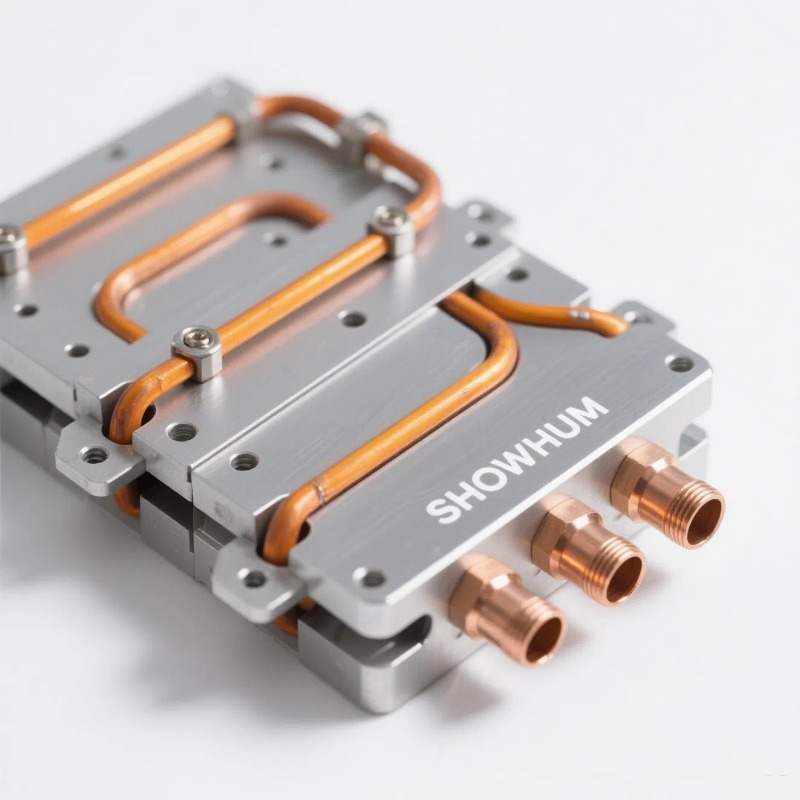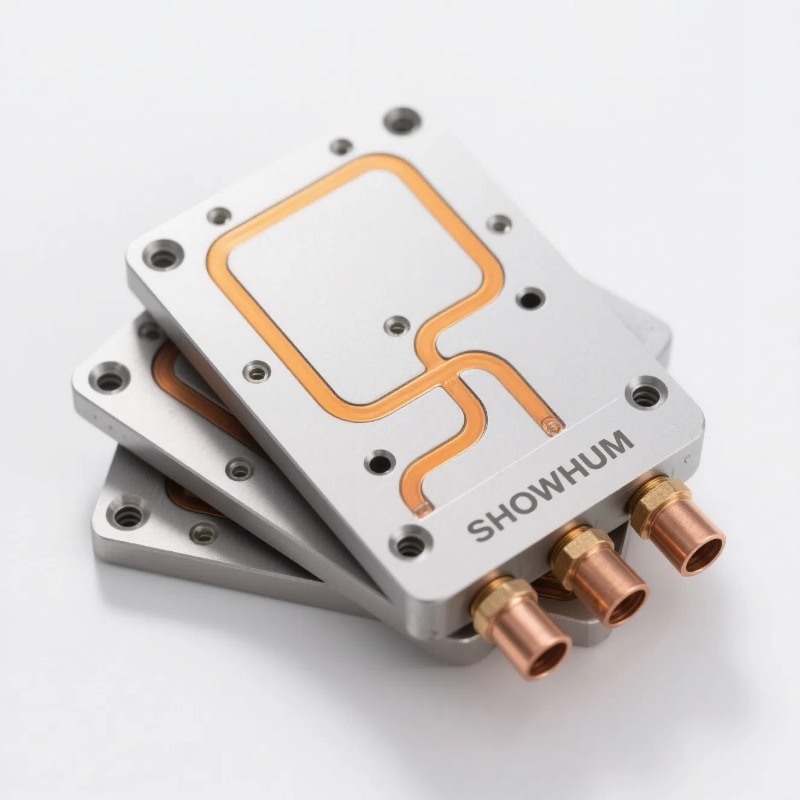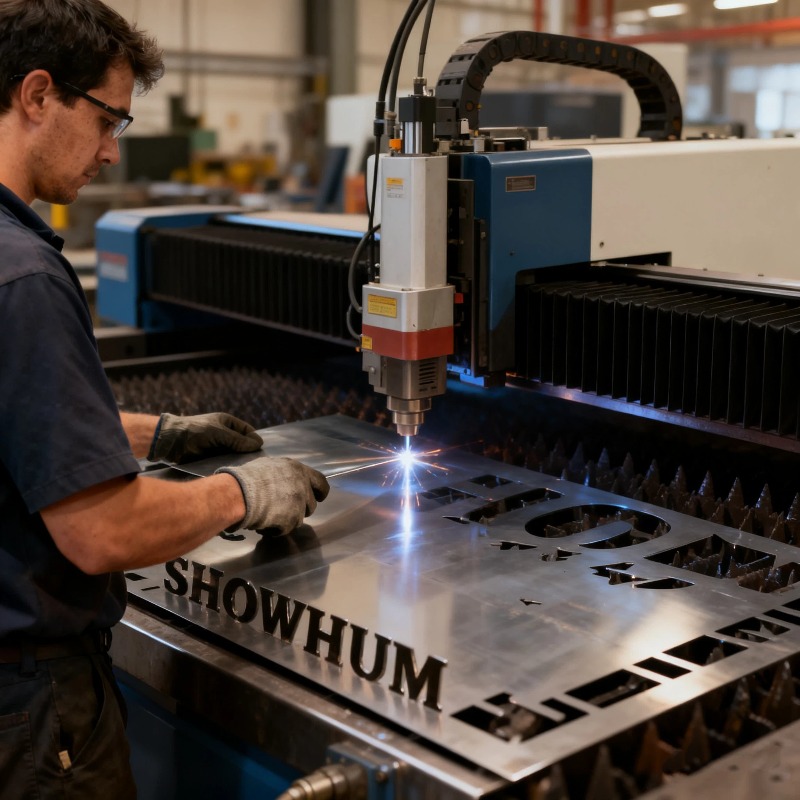
Friction Welding (FW) stands apart as a transformative solid-state joining process, generating coalescence through mechanical friction and plastic deformation at the interface, *without* melting the base materials. This core principle underpins its exceptional advantages. Firstly, it eliminates defects inherent to fusion welding, such as porosity, solidification cracks, hot tearing, and excessive distortion, leading to joints with superior structural integrity. Secondly, the process preserves the base metal's desirable properties. Since the material doesn't melt and resolidify, detrimental microstructural changes like coarse grain formation or harmful phase precipitation are minimized, particularly crucial for high-strength, heat-treatable aluminum alloys (e.g., 2xxx and 7xxx series), dissimilar metal combinations (e.g., aluminum to steel, copper), and metal matrix composites. Thirdly, FW is remarkably energy-efficient, localized, and clean. Heat is generated precisely where needed, drastically reducing overall energy consumption compared to arc welding. It requires no filler wires, shielding gases, or flux, minimizing consumable costs and eliminating fumes, spatter, and UV radiation, making it inherently safer and more environmentally friendly. Finally, FW offers excellent repeatability and is highly amenable to automation, ensuring consistent, high-quality welds suitable for high-volume production.

The unique benefits of FW translate into critical applications across demanding industries. In **aerospace and aviation**, Linear Friction Welding (LFW) is indispensable for manufacturing integrally bladed rotors (blisks) in jet engines from high-performance titanium and nickel alloys, offering unmatched structural integrity and fatigue life. Stir Friction Welding (FSW) dominates the joining of large aluminum airframe components like wings, fuselage panels, and fuel tanks, enabling lighter, stronger structures while minimizing distortion. The **automotive sector** heavily utilizes FSW for aluminum suspension components, engine cradles, and battery enclosures in electric vehicles. Refill Friction Stir Spot Welding (RFSSW) is rapidly replacing resistance spot welding for aluminum body-in-white structures due to its superior strength and lack of keyhole. **Energy and heavy industry** relies on Rotary Friction Welding (RFW) for critical rotating components like drill pipes, tool joints, drive shafts, hydraulic piston rods, and valves, where joint reliability under extreme loads is paramount. Other significant applications include **shipbuilding** (aluminum decks and superstructures), **rail transport** (high-speed train bodies), **electrical engineering** (copper-aluminum busbars), and **construction** (pre-fabricated aluminum bridges and structures).
**Summary:** Friction Welding emerges as a superior joining technology primarily due to its solid-state nature, eliminating fusion defects and preserving base material properties, especially in challenging alloys and dissimilar combinations. Its energy efficiency, environmental cleanliness, and suitability for automation further enhance its appeal. These compelling advantages directly enable its vital role in high-performance sectors like aerospace, automotive, and energy, where it provides robust, reliable, and lightweight solutions, solidifying its position as a cornerstone of modern advanced manufacturing.

 Sheet Metal Fabrication: Precision, Durability, and Versatility for Industrial Applications
Sheet Metal Fabrication: Precision, Durability, and Versatility for Industrial Applications
Sheet Metal Fabrication: Precision, Durability, and Versatility for Industrial Applications